Haikus of a Forager II
More Poems and Reflections from Nature
I’ve been wanting to do a follow-up from my previous set of foraging haikus for quite some time now, and for anyone yet to read it, I highly recommend beginning with that piece to context why I felt called to create such a series of poems.
As I’m currently doing a lot of travelling in order to be at various events, I haven’t found the time I would have ideally liked to in order to do some more foraging. So, talking about some more of the wonders that I enjoy foraging in this form will have to suffice.
Unlike the last piece, all 8 of these will be available to everyone initially, in keeping with my new approach to free and paid content. Let me know in the comments if you have experience foraging any of these - or something else I might not have mentioned!
Table of Contents
Garlic Mustard
Jelly Ear Mushroom
Wild Strawberry
Gorse Flowers
Samphire
Nettle
Beech Leaf
Scarlet Elf-Cup Mushroom
Garlic Mustard
A neglected tang,
But to me you’re wonderful.
A pesto awaits.
Here’s one of those many plants that’s considered a weed, but that has incredible value as an edible. I had ample experience finding garlic mustard across the UK - which takes its name from the fact it tastes like a combination of both garlic and mustard. I’ve added this into all sorts of dishes, from pesto to chili, and it always adds a really lovely flavour. And its very abundant!
Jelly Ear Mushroom
Mushroom ear, it hears -
the crackling of tree branches
and forest gossip.
Known my many ear-related names, this mushroom evaded me for a while, but it’s normally quite a common mushroom found across the UK. It takes its name both from its silky, jelly-like texture, as well as its resemblance to the inside of human ears. While not the most enjoyable food texture-wise, it has long been heralded for its health benefits in terms of regulating bloodflow and for its antioxidant content. I even know a naturopath who has used Jelly Ear Mushrooms for many Covid-like symptoms to good success.
Wild Strawberry

The red berries tell
of summer breeze and sunshine;
a sweet arrival.
I don’t count the wild strawberries at my grandmother’s house that were planted artificially as a foraged food… but I do count the ones I have found in Wales while on walks as one. As with their commercially-bred counterparts, the pectin content of wild strawberries lend themselves to a good jam. That said, I’ve never found more than a small handful at any one time, so they’ve only ever been in-the-moment treats for me!
Gorse Flowers

I prefer to spike
my drinks with something
that tastes tropical.
I’ve always found battling through the stabbings of the thorns on gorse plants to be worth it for getting a few of the petals. The petals on the south side of the plant generally have the sweetest and coconuttiest flavour - which is also a fun little survival tip if you have no compass but need to know cardinal directions! That said, I’ve found more use for them in teas, garnishes on meals, or blended into smoothies. All I can recommend!
Samphire
The salt of the sea,
foam turned into a green reed
that lines the coastline.
Here’s the first aquatic foragable I’ve included on the list, and I made a conscious effort not to pick a seaweed. I’ve only got one experience of foraging samphire in my life, but choosing to lightly fry it with capers and serving it with pan-fried sea bass is one of the best decisions I have ever made in life.
Nettle

Nature can provide
for those who know how to look
and learn the old way.
No foraging list would be complete without nettle, a food that I have actually come to prefer over its commercial counterpart - spinach. By far one of the most abundant wild edibles existing across multiple continents, but not recommended to pick with bare hands!
Beech Leaf

Tree of the springtime:
Grace us with your youthfulness
and we feel anew.
Here’s one I don’t hear spoken about very often, but one I was shown by a guide during our school Duke of Edinburgh training. While beech nuts are known for being edible, very young beech leaves have the taste and texture of apple skin, but can also be made into a traditional gin and brandy-based liqueur known as Beech Leaf Noyau. Admittedly I am yet to try this, but it is high on my list to do so!
Scarlet Elf-Cup Mushroom
Enchanting forests,
that I spent my youth wand’ring,
enchanting my soul.
I saved the best until the very end. I absolutely adore the taste of scarlet elf-cup mushrooms, and they were one of the very first mushrooms I ever foraged thanks to there being a patch near my house where I grew. That, and they’re incredibly easy to identify. They taste wonderful when fried plainly in butter, but I’ve also cooked them with wild garlic pesto, which has also tasted fantastic.
Thank you for taking the time to read this piece. I hope it inspired something in you.
If you’re still in the mood for more foraging haikus, you may be glad to hear you can find a Part 3 below:
With gratitude,
Tom



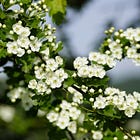
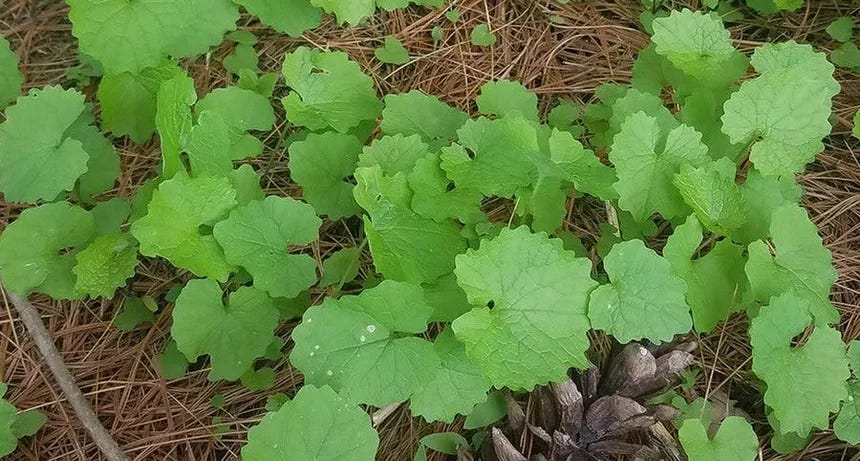
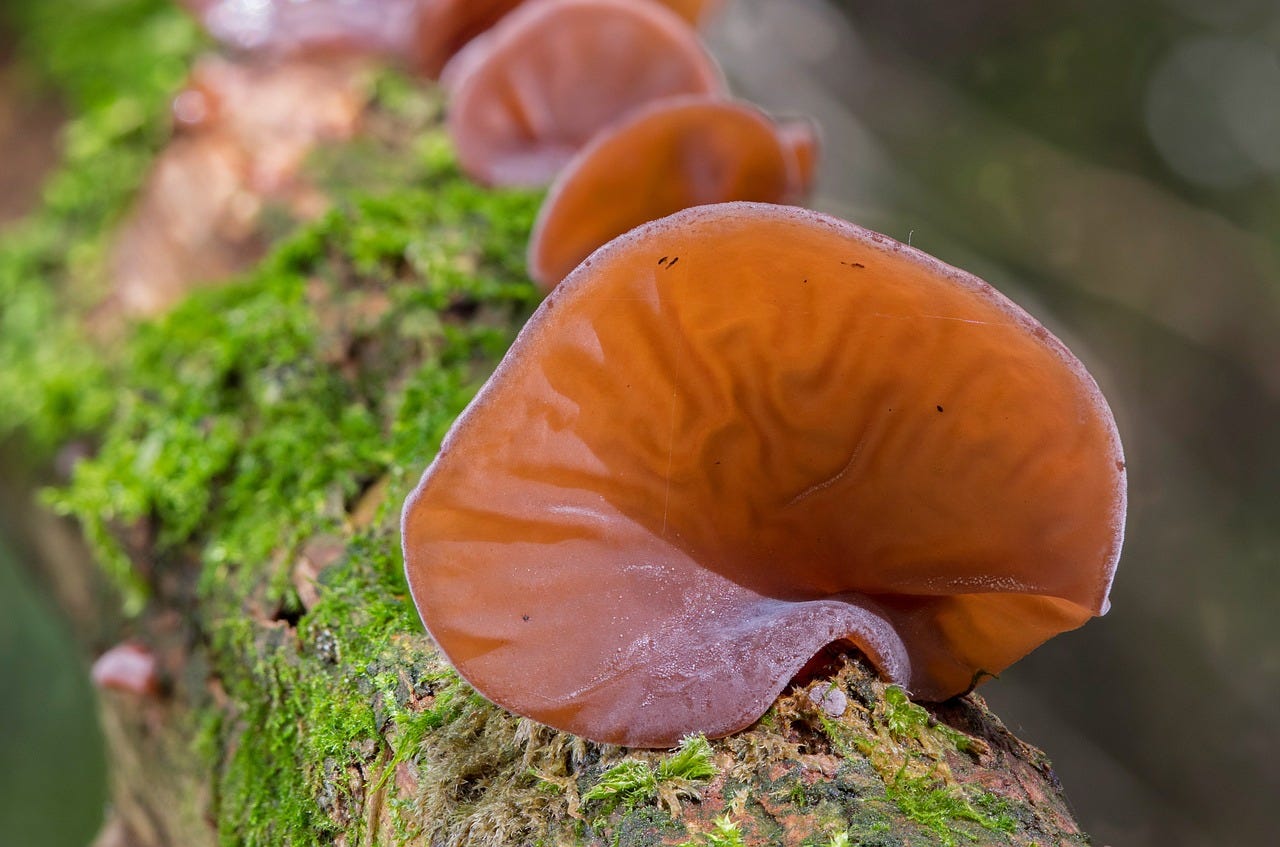
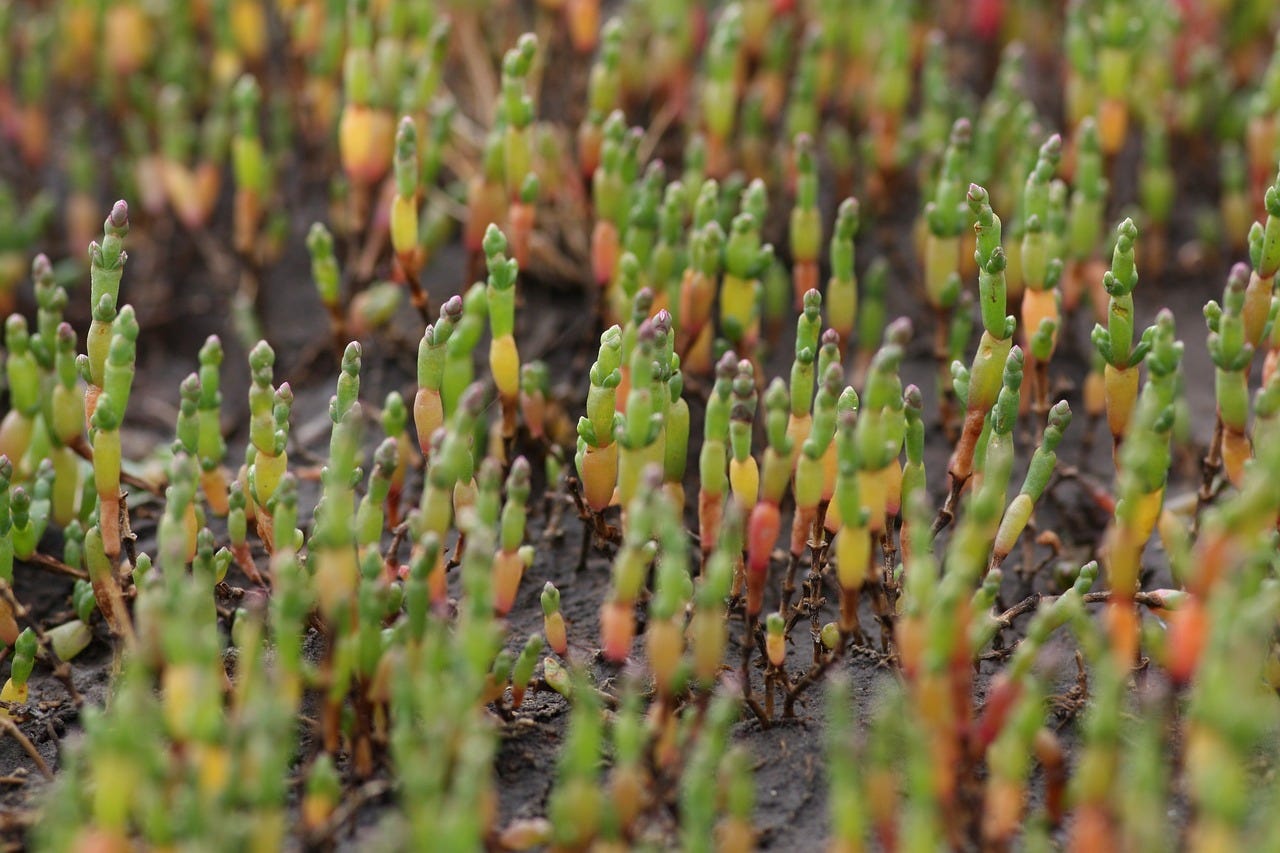
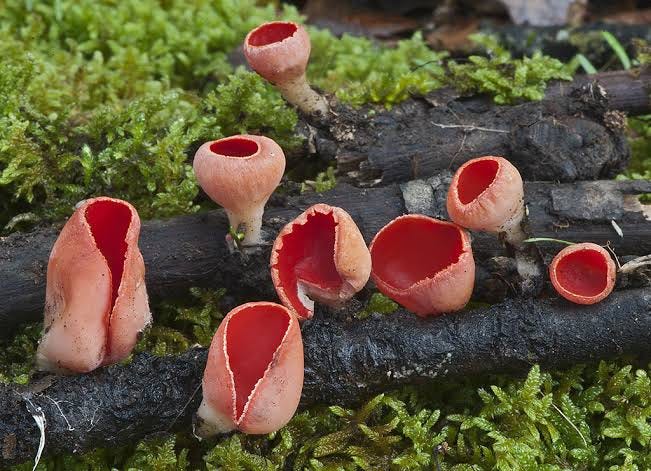


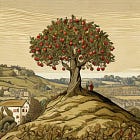


These haikus are light and lovely, like many of the plants they describe! I enjoyed these a lot!!
love this! 2 of my favorite things. Foraging and Haikus :) amazing